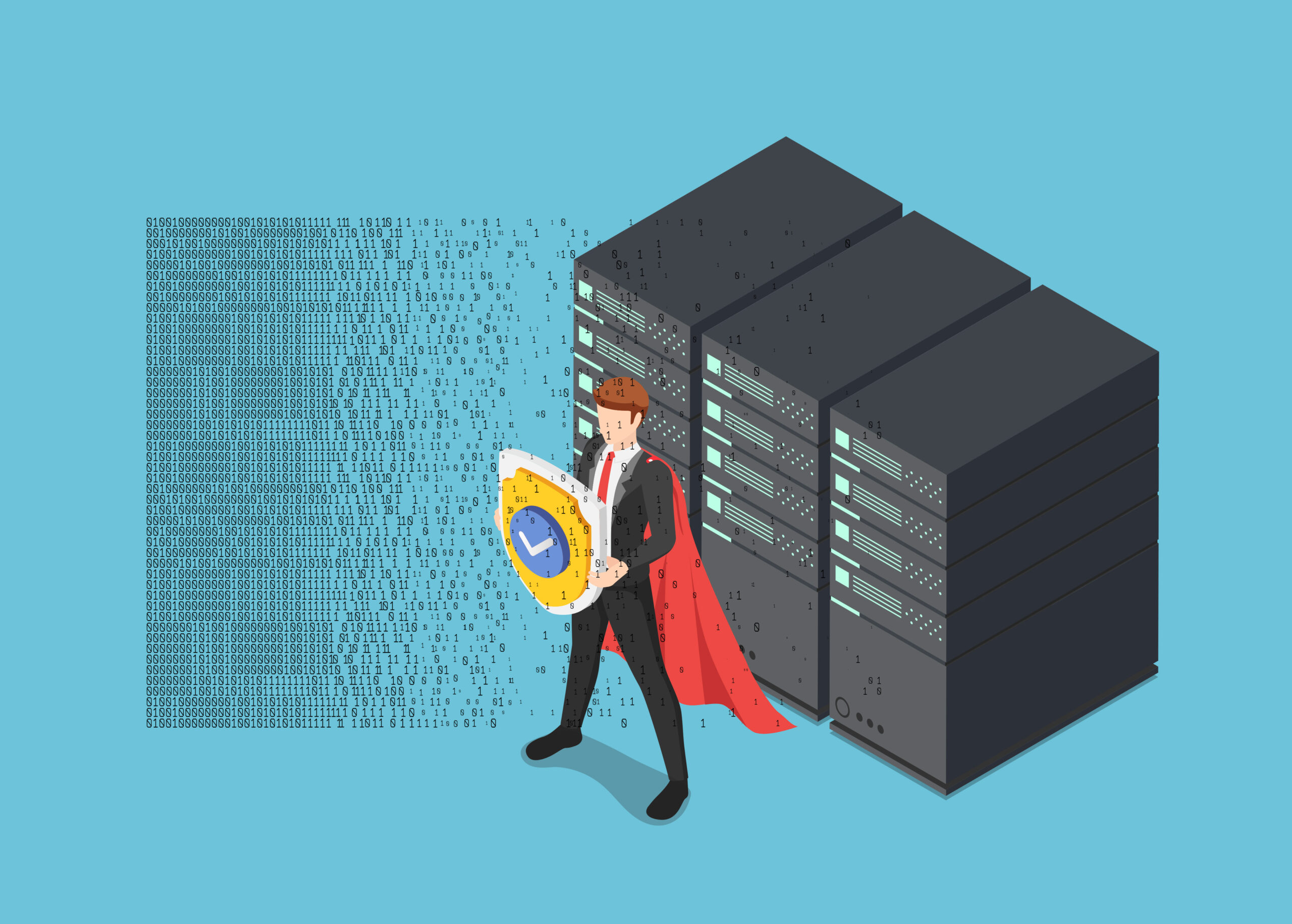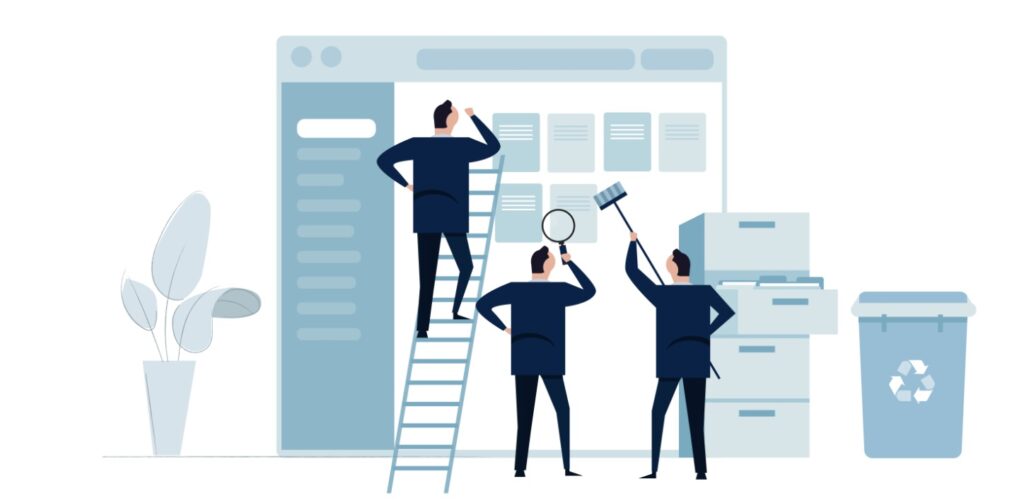I’m traveling a lot in 2025 for a pseudo gap year of sorts, and thought it was a good idea to check my vaccination status. I made an appointment with a well-known high street pharmacist in London and one of the prerequisites was that I brought a record of all my vaccinations. I did fill in a form online with my GP but getting information out of them is almost as impossible as getting a doctor’s appointment nowadays in the UK, so I did not have a reliable or complete data source.
I’m quite organized at home and any vaccination cards that I have were in one place, so I gathered up that data and took it with me for my travel consultation. The pharmacist – who was very helpful – said we can use this data to build up a vaccine profile and work out what you need.
As she entered the data manually into her system there were obvious gaps; once she had completed the data that she had and assumptions that we made together, we were able to discuss what I needed for my planned travels. Her system even made suggestions using AI against the data entered. Generated were more than simple suggestions – I am traveling to a country where Malaria is a risk, but because I had stated I was a scuba diver, the recommendation was for a specific malaria prevention medication, as others react badly under pressure.
I then asked if I could have a copy of this vaccination data she had created as it was now much more thorough than anything I had. She was not allowed to share that data with me then but advised that I could request it through their head office.
I discussed my thoughts with Abi Giles-Haigh, a Data Scientist, fellow ACE Director and great friend and thank her for making sense of them. In my vaccine story, AI took relevant data, enriched with timelines and assumptions from a subject matter expert, the novelty of me being a scuba diver, and provided clarity on the vaccines I require.
Together we discussed the missing data. Between us, the pharmacist and I made a good attempt at filling in the gaps, but often missing data tells us more. This story is quite like our ERP data, as over time data is collected in many ways and in many different systems. Even within a single system we may categorize that data differently, for example if we change the values or even the segments in our chart of accounts. Some data points may be duplicated such as two versions of the same supplier. This has always caused challenges for reporting, but general reporting has accounted for a short historic period, a year or perhaps a few years for supplier data, and we’ve made allowances for that data integrity that is quite easy to spot.
As we’ve done more with data we have tried to be better custodians of that data. We brought in master data management so that data was described the same way across our systems. As data warehouses evolved we collected data from multiple systems translating them into a single view as we populated them. We introduced data scientists who could analyze the data that we had and how we could use that data to improve understanding of our organizations and perhaps even use what we know from our data to provide that ‘actionable insight’ we talk so much about.
As ERP systems evolved and people moved from on-premise highly customized ERP systems to more modern flexible cloud systems, one of the biggest decisions is how much data to take into the new system. It is very rare to be in the position of not needing any historic data. The quality of that data is important. Does it just have to be translated into a new set of attributes so that we can continue to process live data as we transition to those new systems? Your data migration strategy is one of the most important decisions that you will make when moving your ERP system and one of the most common areas where people come unstuck. It is complicated enough when moving from one system to another but often this is magnified by combining multiple systems after reorganization or acquisition strategies.
Typically, we take data needed for operations into the new system and archive more historic data. That said, many organizations fail to archive effectively and are keeping data in old, unsupported, read-only systems – hoarding it, just in case.
The AI Conundrum
This data conundrum will get even more important now we have AI. AI in our ERP systems is using our data against a large language model to determine the outcome for each prompt, so it is important that we understand that we have the data required. For example, if you ask AI to explain what has happened to an organization between two years of accounts and there was no data for the first year, the answer may not be representative. For example, the data could say it has grown from the previous year (which in effect is zero). You need the data for each of the data points the LLM requires, and it may not tell you when data is missing causing an unintentional data hallucination.
Most ERP vendors are embedding AI and looking after security, legal constraints, avoiding hallucinations where possible, providing the guardrails. I work with Oracle and generative AI embedded in their ERP is referred to as AI Assist, which provides data you can accept, amend or delete.
Where the AI is embedded in your ERP then you probably understand your data enough to identify which generative AI makes sense for your organization. But if you are building or consuming AI natively against your data then this understanding is even more fundamental.
Think about that public AI where your data is shared, and this is one of the scariest aspects for data privacy. I never asked but assumed that my vaccine data is just for the pharmacist’s organization. I am sure that in the small print of what I signed or at least I hope it told me where that data was going. I know it wasn’t being deleted because I was told I could apply for it.
We hear a lot about using AI ethically and using it responsibly, but we need to do more to ensure the quality of what we generate and that depends on the quality of the data we use.
As what we could do with data exploded, the term ‘data is the new oil’ attributed to Clive Humby in 2006 became common parlance. Data needs to be handled with care, understood, refined and can be used for much good in the right hands. But be aware that without that careful handling it can bring its own disasters to your door.




